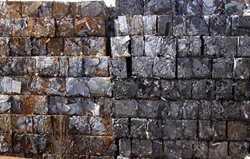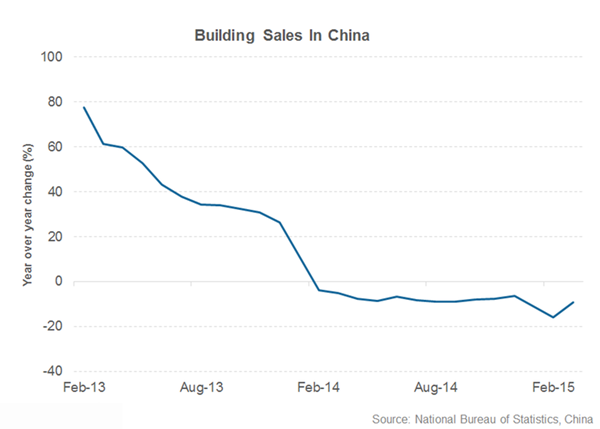China’s Housing Slump Causes Scrap Metal Dump

As China’s appetite slows, so does the domestic market for metals
Five years ago, the scrap metal market was robust, and it seemed like investors in the metals market were geniuses. Whether it was copper, aluminum, or stainless steel, prices were high all around, and so was demand. The market was in such a bonanza that scrappers were buying stainless steel tanks at the same prices as end users knowing the prices will go up. But the good times could only last so long, and several years ago, the market began to sour. Prices on all metals have steadily decreased as demand for such metals lags.
Those involved in the scrap industry, especially those whose careers and paychecks depend heavily on it, will look to the main culprit: China.
The construction industry is the prime indicator of demand for metals in China, with the construction sector accounting for more than half of the demand for steel in the country. As the largest producer and consumer of steel in the world, the sustained Chinese housing market slump has hit the construction industry hard, from construction-worker wages to furniture demand to sales — not only in China, but also here in the U.S. As the graph below illustrates, building sales in China, widely tracked as an indicator of China’s real estate industry, have dropped significantly in the past few years. As such, prices for steel in particular have fallen dramatically.

The Chinese government subsidizes a number of different industries, including the purchase of raw materials and metals from the American market. China required huge amounts of raw materials for its massive construction projects, the 2012 Beijing Olympics serving as a prime example. With the booming demand, scrap metal prices went up as the metals were melted back down for re-use. As Chinese demand for metal dropped, scrap prices fell with it. Suddenly, the markets in America that mine, manufacture, repurpose, and sell raw and scrap metal saw a steep decline in prices, as China’s appetite dried up.
The Chinese economy has halted its rapid growth in the past two years, despite Beijing’s easing on its monetary policies and influx of capital. A slowdown in real estate market, property investments and infrastructure growth has led to a sluggish economy. As China is the primary driver of metal and scrap prices, its metal appetite dictates the prices around the world. In addition, China is now flooding the market with its excess products and metals, with Russia coming in close behind. Both China and Russia are selling volumes of metals at cheaper prices, and US producers, with higher costs and labor, cannot compete with these lower prices. Unfortunately, the outlook is not rosy, and we may be in for a protracted slump in the metals market. Ultimately, the US scrap market is inherently linked to the Chinese economy.
